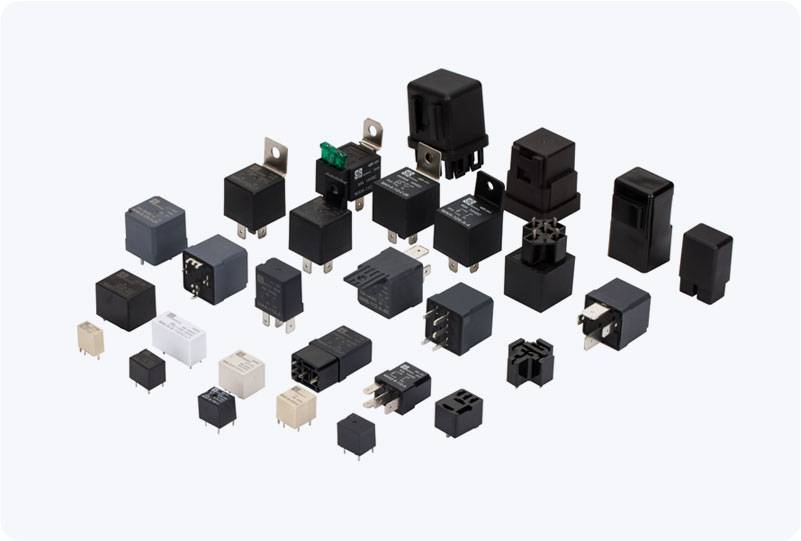The Internet of Things (IoT) has become a key part of modern automation, connecting devices to the web and enabling remote management and control. Among the many advancements in IoT technology, Webhook Enabled IoT Relay stands out as an essential tool for simplifying device control and enhancing automation. In this article, we will explore how Webhook Enabled IoT Relays work, their benefits, use cases, and how they can contribute to the growing ecosystem of smart devices.

What is a Webhook Enabled IoT Relay? A Webhook Enabled IoT Relay is an IoT device that uses Webhooks to trigger actions remotely. A Webhook is essentially an HTTP callback mechanism that allows one system to send real-time data to another system via an HTTP request. In the context of IoT, a relay is a switch that can control electrical devices like lights, fans, or other home appliances. By integrating Webhooks, IoT relays can be controlled remotely, enabling users to turn devices on or off with a simple HTTP request. The Webhook functionality in an IoT relay enables it to be part of an interconnected system. Instead of manually interacting with each device, users can automate actions based on events or conditions. For example, turning on a fan when the temperature reaches a certain threshold or activating security lights when motion is detected. The relay will trigger the action by receiving the Webhook request from a cloud service, a mobile app, or another automation platform.